Palmaris Longus Muscle
What is Palmaris longus?
The Palmaris longus is a long muscle of the foremost lower arm. It can be absent in 10% of people, but it runs from the distal humerus to the hand’s root. Along with the pronator teres, flexor carpi ulnaris, flexor carpi radialis, and flexor digitorum superficialis muscles, the Palmaris longus has a place with the shallow flexors of the lower arm.
These muscles perform additional functions in addition to flexing the wrist of the hand. Wrist flexion and tensioning of the palmar aponeurosis are the specific actions of the palmaris longus. The anatomy of the grip relies heavily on this muscle.
Origin
Humerus medial epicondyle through the common flexor tendon
Insertion
At the wrist joint, the palmar aponeurosis and the flexor retinaculum
Nerve supply
It receives innervation from the medial and lateral brachial plexus cords via the Median Nerve, which has a root value of C8.
Arterial supply
Ulnar Artery
Relations
The palmaris longus muscle, which is deep within the skin of the forearm, is the most superficial of the superficial forearm flexor muscles. It is located close to the flexor digitorum superficialis muscle, between the flexor carpi radialis and flexor carpi ulnaris muscles.
The palmaris longus tendon is just proximal to the wrist and sits medially to the flexor carpi radialis tendon. The median nerve runs between the tendons of these two muscles. The palmaris longus tendon is directly below the median nerve at the wrist level.
Variation
Variable is the palmaris longus muscle. The most widely recognized variety is its nonappearance. The prevalence or absence of the PL tendon in various ethnic groups has been documented by several in vivo and in vitro studies. It has been reported that the PL tendon is absent in between 4.6 and 26.6 percent of Asian populations (Chinese, Japanese, Indian, Turkish, and Malaysian) and between 5.5% and 24% of Caucasian populations (European and North American).
In addition, its form-related variations exist. It could be muscular below and tendinous above, or it could be muscular in the middle with a tendon above and below, or it could have two muscular bundles and a central tendon, or it could just be a tendinous band. The muscle might be doubled or completely absent. It has been observed that the coronoid process or the radius slips of origin. It has been observed to insert either partially or completely into the forearm fascia, the flexor carpi ulnaris and pisiform bone tendon, the scaphoid, and the little finger muscles.
Function
The palmaris longus muscle, which is located in the center of the anterior forearm, assists the flexor carpi ulnaris and flexor carpi radialis muscles in achieving a balanced flexion of the hand on the wrist. Along with the other forearm muscles that cross the elbow joint and attach to the humerus, it also stabilizes the joint when fully extended.
Strands connecting to the palmar aponeurosis fix this fascial sheath during the muscle withdrawal, bringing about a feeble flexion of the second to fifth metacarpophalangeal joints as the aponeurosis is being pulled towards the wrist. When holding certain objects, tightening the palmar aponeurosis also helps to maintain the hand’s grip.
Clinical significance
In clinical practice, compression neuropathies at the wrist that involve either the Median nerve or the Ulnar nerve are frequently encountered. The majority of documented cases of median nerve neuropathies do not have a known external cause; however, there have been instances in which the presence of hypertrophied or abnormal muscles has been the etiological factor. Three muscle groups have been identified: the Superficial Flexor of the first digit, the Palmaris Longus, and the first (or second) Lumbrical.
Idiopathic ulnar tunnel syndrome is uncommon for ulnar nerve neuropathies, and extrinsic causes have been identified. Palmaris Longus, Abductor Digits Minimi, and Flexor Carpi Ulnaris are examples of abnormal muscles. Palmaris longus is seen as a frequent contributor to the pathological process in both ulnar nerve neuropathies and median nerve neuropathies.
Because it is frequently used as a tendon graft in upper limb tendon repair and transfer procedures, the Palmaris Longus tendon is especially important to surgeons. This muscle is ideal for use in surgical procedures because it is an accessory muscle and its absence has not been associated with any functional loss of grip or pinch strength.
Due to its length of 12-15 centimeters, the Palmaris longus tendon has been used to correct claw-finger deformities. The Palmaris longus tendon was frequently used to correct leprosy-related hand deformities. The Palmaris longus tendon has also been used for opponensplasty and radial palsy. The Palmaris longus muscle is strong enough to replace paralyzed lumbricals.
The following characteristics make the Palmaris longus suitable for the aforementioned treatments:
The palmaris longus muscle has a mechanical advantage because it is in a direct line of required pull, making it less bulky than the lumbrical muscle.
Because it is superficial, it is simple to dissect.
It avoids aligning with fixed structures as it moves through soft tissues.
Without causing a significant deficit, the muscle can be saved.
Clinical tests to determine the presence of the palmaris longus muscle
Throughout the long term, a few clinical examinations have been created by specialists from around the world to specifically recognize the Palmaris Longus muscle. Simply holding the wrist and hand in certain positions is all that is required for these tests to put the muscle under tension and make the tendon visible and feelable. However, there are differences between the tests in terms of validity and reliability.
Standard Test – Schaeffer’s Test
In the first test, which was developed in 1909, the wrist is partially flexed while the thumb is moved in opposition to the little finger while the forearm is held at 90 degrees.
Thompson’s Test
First, the testing hand makes a fist, and then the wrist flexes against resistance with the thumb flexed over the other digits.
Mishra’s Test
consists of mild active wrist flexion and passive hyperextension of the Metacarpophalangeal Joints.
Gangata’s Test
The thumb should be in abduction for the initial testing position. After that, the subject is asked to resist both wrist flexion and thumb abduction.
“Two Finger Sign” – Pushpakumar’s Test
The subjects are instructed to fully extend the second and third digits, as well as flex the fourth and fifth digits, with the first digit fully flexed and opposed.
“Four Finger Sign”
combines the full extension of the second to fifth digits with forced introduction and thumb pronation at the first MCP.
Palmaris longus stretching
Start by holding your right arm out in front of you in a straight line to stretch your wrist flexors. Your hands should have their palms facing outward.
Holding the fingers of your right hand in your left hand, bend them in the opposite direction. The stretch should be felt inside your right forearm.
Repeat the stretch as needed after holding it for 10 to 15 seconds.
Palmaris longus strengthening
Finger opposition
This is an exercise in finger dexterity. To create a pinch grip, alternately contact your thumb with each finger and hold for up to two seconds at a time.
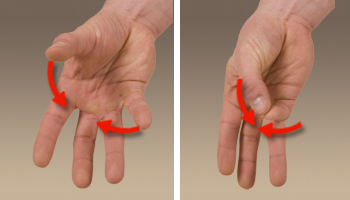
Eccentric wrist curl
This is an exercise for strengthening the wrist flexor. Begin by resting the back of your forearm on a sturdy bench, chair, or table while hanging the wrist off the table. As you hold weight and curl your wrist, flex it upward. Lower the weight slowly towards the floor at a tempo of five seconds by extending the wrist. Using your free hand, you can assist the other hand in lifting the weight. Recount as necessary.
Banded wrist curl
This is an exercise for strengthening the wrist flexor. To begin, place the back of your forearm on your thigh and, with your palms facing upward and your wrist hanging off your knee, grip a loop band. The other end of the loop band is held in place by the forefoot. Flex your wrist upward to form a turn, and then gradually contract your wrist to bring it closer to the floor. Recount as necessary.
Eccentric wrist and finger curl
This is an exercise to strengthen the flexors of the wrist and fingers. Begin by resting the back of your forearm on a sturdy bench, chair, or table while hanging the wrist off the table. As you hold weight and curl your wrist, flex it upward. Lower the weight slowly towards the floor at a tempo of five seconds by extending the wrist. With your fingers, allow the load to descend into a snare grip position. Using your free hand, you can assist the other hand in lifting the weight. Recount as necessary.
Barbell wrist flexor roller
This exercise requires a strong band, a racked barbell, and a kettlebell. To get everything rolling, wrap one finish of the strength band around a hand weight’s sleeve at shoulder level. Feed the further end of the band via the handle’s loop and around the bulb to keep the kettlebell in place. Standing behind the barbell cuff, hold it with your palms facing down. Rotate the barbell cuff away from your body to flex the wrists and raise the kettlebell off the ground. To permit the portable weight to dive toward the floor whenever it has arrived at its most extreme level, marginally relax your hold. Pay close attention to where your feet are positioned during this phase. Alternately, you could gradually lower the weight by rolling the barbell cuff forward with your wrists.
FAQ
What occurs if you don’t have palmaris longus?
Grip strength is unaffected by the palmaris longus absence. The fourth and fifth fingers have less strength when pinching because there is no palmaris longus muscle there. Females are more likely than males to lack the palmaris longus muscle.
What is palmaris longus used for?
Palmaris longus is a muscle that can be tracked down mostly in the lower arm, wrist, and hand. It serves two purposes. A minor function is assisting with wrist flexion. The palmar aponeurosis is tense and tightened, which is a more important function.
Can palmaris longus be trained?
Start by aligning your wrists with the rest of your forearms. Gradually twist your wrists back to the extent that you can easily permit it. After that, give the weight a slight contraction as you slowly raise it back up past where you started. For three sets, keep doing ten repetitions.
How do I perform palmaris longus activation?
Place your hand over your lower arm and move your wrist all over while gripping your palm; Under your hand, you’ll feel a muscle moving. That is the longus palmaris. Typically, this muscle’s trigger point is closer to the elbow.
Is palmaris longus recessive or dominant?
Conclusion: It would appear that PLM’s presence is more important than its absence. The absence of muscle is thought to be recessive, while the presence is thought to be dominant, with variable expressivity for the phenotype of unilateral or bilateral muscle presence.

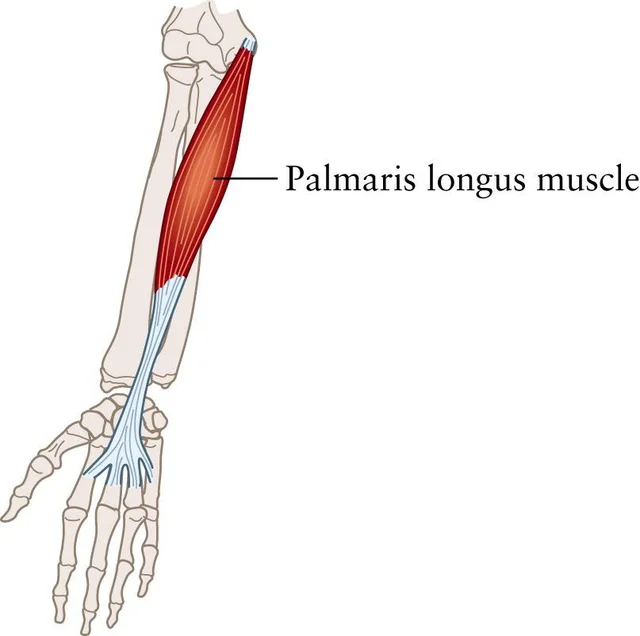
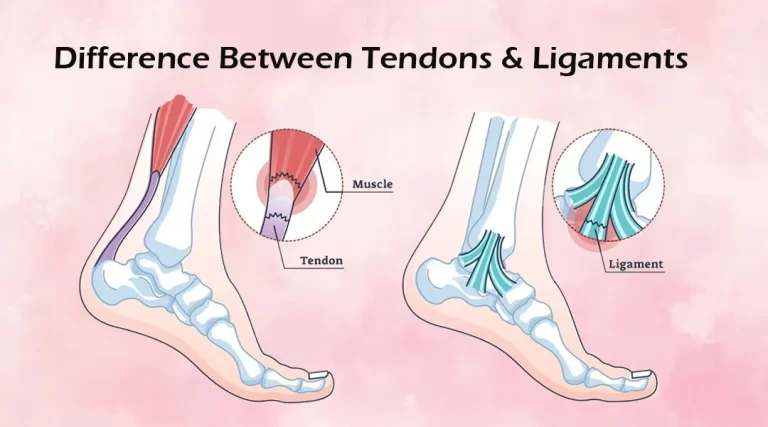



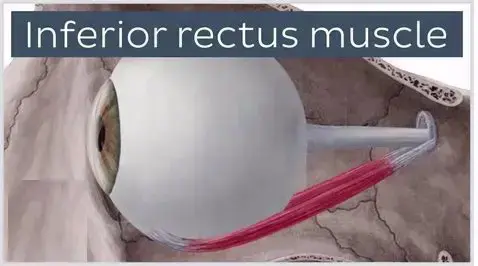
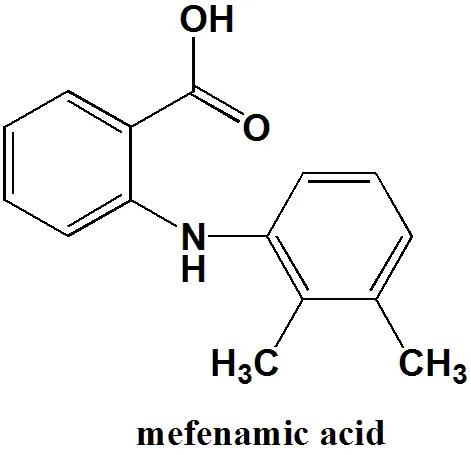
One Comment